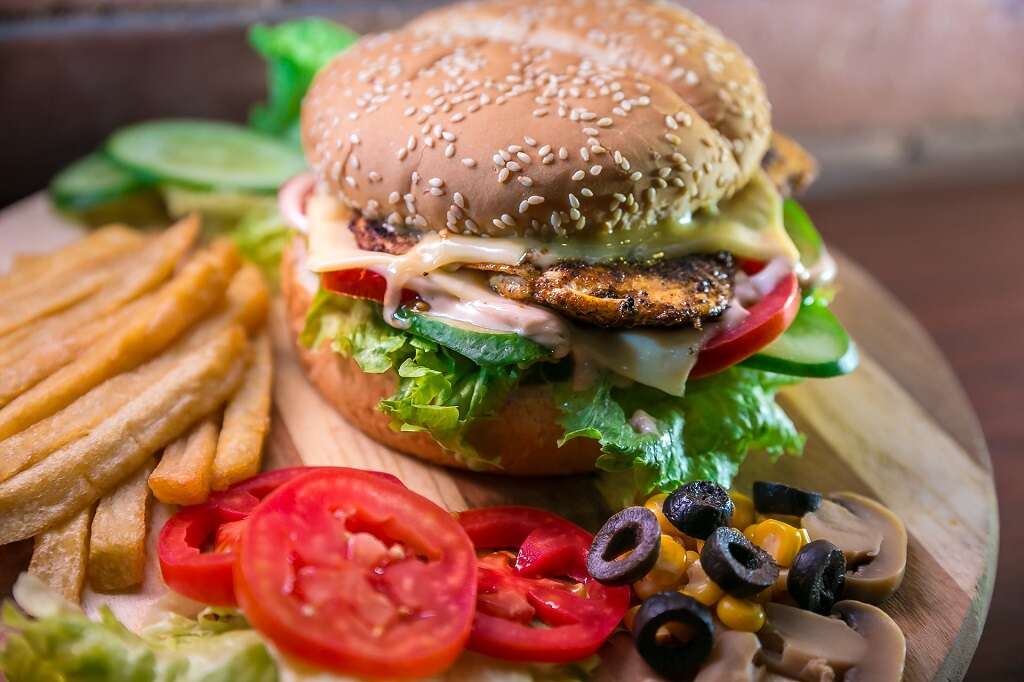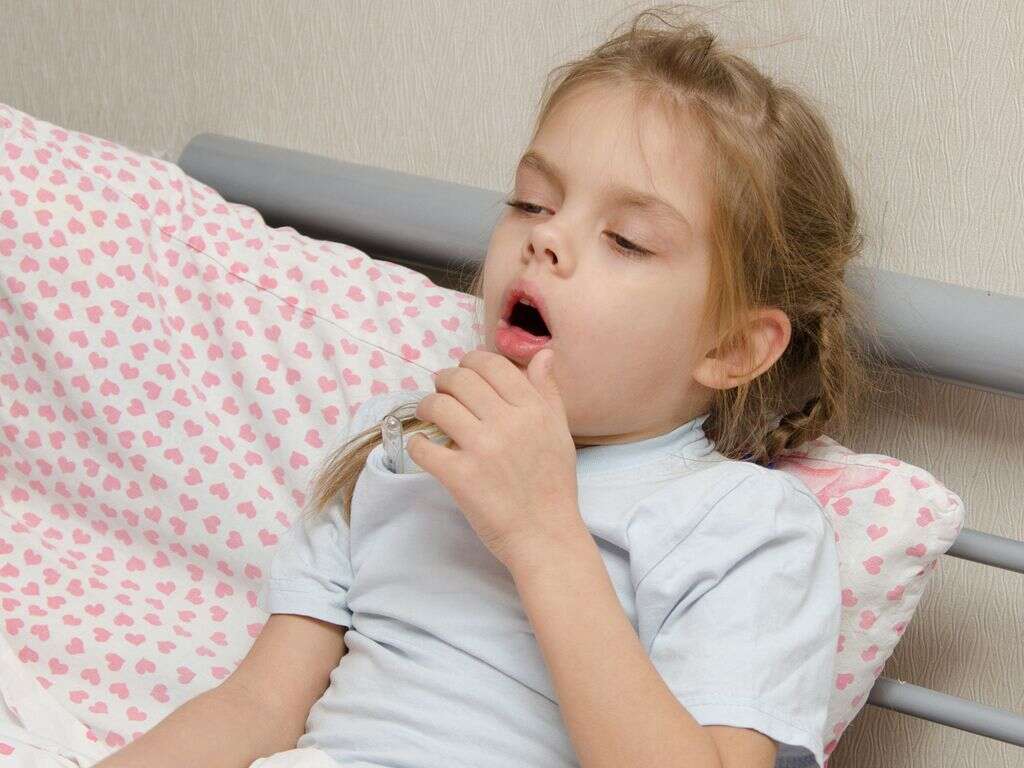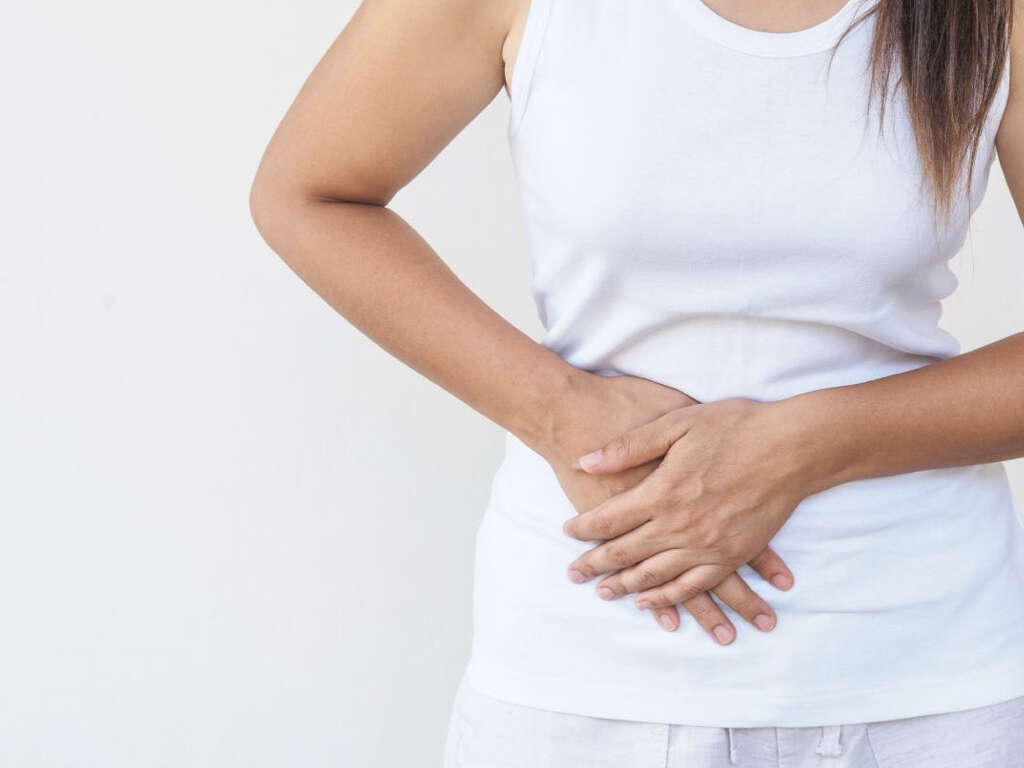10 Biliary Colic Symptoms
 Article Sources
Article Sources
- 1. Sigmon, David F., et al. 'Biliary Colic - StatPearls - NCBI Bookshelf.' National Center for Biotechnology Information, 20 Nov. 2020, www.ncbi.nlm.nih.gov/books/NBK430772/
- 2. 'Gallstones Symptoms and Treatment.' NHS Inform - Scottish Health Information You Can Trust | NHS Inform, www.nhsinform.scot/illnesses-and-conditions/stomach-liver-and-gastrointestinal-tract/gallstones
- 3. 'Referred Shoulder Pain.' University of Michigan | Michigan Medicine, www.uofmhealth.org/health-library/aa58029
- 4. 'Diagnosing Biliary Colic and Acute Cholecystitis.' AAFP American Academy of Family Physicians, 15 Sept. 2000, www.aafp.org/afp/2000/0915/p1386.html
- 5. 'Nausea: a Review of Pathophysiology and Therapeutics.' PubMed Central (PMC), www.ncbi.nlm.nih.gov/pmc/articles/PMC4699282/
- 6. 'Biliary Colic and Complications from Gallstones.' Best Practice Advocacy Centre New Zealand, bpac.org.nz/bpj/2014/june/gallstones.aspx
Vomiting
Vomiting, or being sick, may be a biliary colic symptom. Vomiting, when due to biliary colic, commonly follows a period of nausea with pain, although it can also occur suddenly with the onset of abdominal pain.
Eating or drinking while experiencing biliary colic may trigger vomiting. This is more likely if a person eats fatty, processed, fried or dairy foods. In general, vomiting due to biliary colic is an automatic response by the body to experiencing pain.
Advertisement











